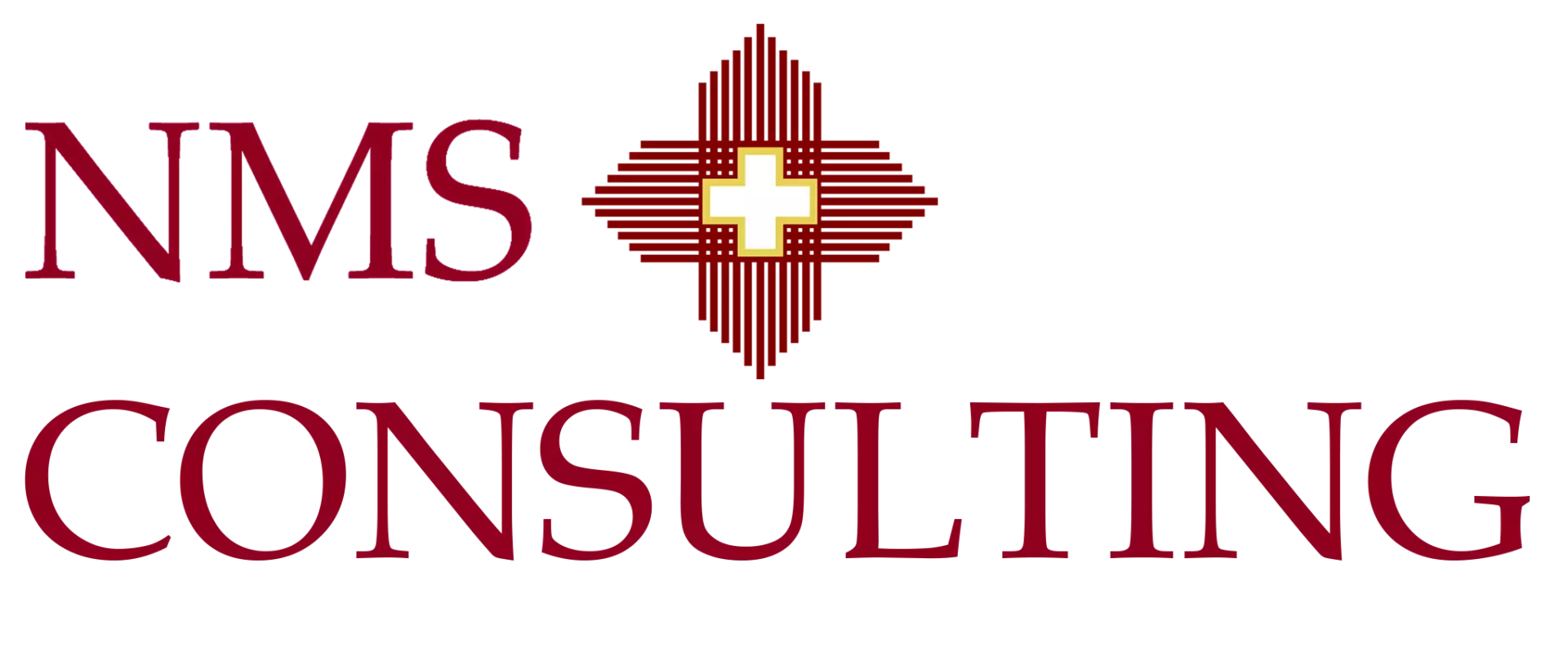Life Science Procurement: Category Playbooks & GxP-Ready Supplier Management

Published: • Updated:
On This Page
Life science procurement must hit savings and speed while meeting GxP rules. Build category playbooks for API, excipients, packaging, CMOs, CROs, and logistics. Qualify suppliers by risk, use written quality agreements, track changes and complaints, and meet GDP and DSCSA traceability.
Want a GMP and finance ready playbook with supplier tiers and audit plans? Talk to a consultant
Why This Matters In 2025
| Finding | Figure | Source |
|---|---|---|
| DSCSA package-level traceability and authorized trading partner checks | Active per January 2025 updates | FDA DSCSA |
| CGMP for finished pharmaceuticals sets material control and documentation rules | 21 CFR Part 211 | eCFR |
| Quality risk management is the base for supplier and process decisions | ICH Q9(R1) 2023 | ICH Q9(R1) |
| Pharmaceutical Quality System model for lifecycle controls | ICH Q10 | EMA |
| Good Distribution Practice in the EU for wholesale and transport | 2013/C 343/01 | EUR-Lex |
| Excipient supplier GMP and GDP guidance | IPEC-PQG and IPEC GDP | IPEC-PQG GMP; IPEC GDP |
| Primary packaging QMS requirements | ISO 15378 | ISO |
| EU Annex 1 sterile manufacturing timelines | In force 2023 and 2024 points | EC update |
| FDA guidance on quality agreements with contract manufacturers | Quality roles and responsibilities | FDA |
Category Playbooks
Active Pharmaceutical Ingredients
- Source from ICH Q7 compliant producers. Confirm change notification, impurity control, data integrity, and full trace to key starting materials.
- Bid packs should include audit history, deviation and complaint logs, and release testing terms.
- Contract terms should map to CGMP and DSCSA data handoff, including serial data where relevant to finished product labels.
Excipients
- Use IPEC-PQG GMP and IPEC GDP as the baseline. Prefer EXCiPACT or NSF 363 certifications plus your own risk checks.
- Ask for Excipient Information Packages and significant change rules. Match to product criticality and patient risk.
Primary Packaging
- Apply ISO 15378 QMS terms in RFQs. For sterile and aseptic fills, align with EU Annex 1 on materials, sterilization, and particulate controls.
- Specify extractables and leachables data where product contact applies. Confirm lot trace, CoA, and container closure integrity test plans.
CMOs And External Manufacturing
- Quality agreement must define roles for deviations, CAPA, change control, OOS, recalls, and data integrity. Align to 21 CFR 211 and ICH Q10.
- Use stage gates for tech transfer, validation, and PPQ. Plan site audits on a risk basis and keep shared KPI packs.
CROs And Clinical Supply
- Apply ICH E6(R2) controls for oversight, data integrity, and vendor delegation. Document temperature control for clinical supply per USP 1079 series.
- Cover blinding, labeling, and returns in the statement of work and in the quality agreement.
Single-Use Systems And Bioprocess Consumables
- Request BioPhorum extractables and leachables packages and study plans. Map risk by contact time, temperature, and solvent strength.
- Maintain a central register for leachables risk decisions and supplier films used in bags and tubing.
Cold Chain And Logistics
- Use USP 1079 series for storage and shipping. Require route risk files, MKT calculations, and qualified shippers with monitors.
- For U.S. distribution, validate DSCSA data flows across trading partners. Test system handoffs during mock recalls.
Digital, CSV And Data
- For GxP systems, validate per Annex 11 and risk. Keep supplier audit notes for cloud and key software.
- Link supplier performance dashboards to lot release cycle time, deviation aging, and OTIF.
GxP-Ready Supplier Management
- Segment suppliers by risk: critical, major, standard. Link to product and patient impact.
- Qualify in layers: document review for low risk, remote assessment for medium, on-site audit for high risk.
- Write a quality agreement: roles for changes, deviations, CAPA, data, complaints, and recalls.
- Approve and monitor: scorecards for quality, service, cost, and delivery. Tie scores to dual source or exit plans.
- Manage change: formal notices, impact checks, and stability plans before release to market.
- Trace and recall: DSCSA and GDP records ready for end-to-end trace and mock recall drills.
30-60-90 Procurement Plan
First 30 Days
- Create a procurement control room with category owners, QA, regulatory, and finance. Publish the value tree and KPI pack.
- Freeze high risk changes until QA review finishes. Start desk reviews for top suppliers by spend and patient risk.
- Confirm DSCSA connections and partner status for U.S. trade. Validate serial data where in scope.
Days 31 to 60
- Launch API and packaging bids with standard data rooms. Add IPEC, ISO 15378, and Annex 1 terms where needed.
- Sign quality agreements with CMOs and CROs and set a common change template.
- Qualify lane shippers and monitoring for cold chain. Approve SOPs for temperature excursions and MKT.
Days 61 to 90
- Complete supplier audits for the high risk tier. Close gaps with dated CAPA.
- Lock dual source plans for APIs and critical films. Align safety stock and review S&OP links.
- Publish dashboards with release cycle time, OTIF, deviation aging, and cost savings by category.
Related Reading
- Pharmacology Procurement Transformation for Life Sciences
- Regulatory Compliance Consulting Services that Reduce Risk and Speed Audits
- Post-Merger Integration Strategy & Execution
- Pharma M&A Integration Savings
- Pharmacology M&A Synergy Capture Guide 2025
Sources
- FDA. Drug Supply Chain Security Act. https://www.fda.gov/drugs/drug-supply-chain-integrity/drug-supply-chain-security-act-dscsa
- eCFR. 21 CFR Part 211. https://www.ecfr.gov/current/title-21/chapter-I/subchapter-C/part-211
- ICH. Q9(R1) Quality Risk Management. https://www.fda.gov/media/165163/download
- EMA. ICH Q10 Pharmaceutical Quality System. https://www.ema.europa.eu/en/ich-q10-pharmaceutical-quality-system-scientific-guideline
- EUR-Lex. EU GDP 2013/C 343/01. https://eur-lex.europa.eu/legal-content/EN/TXT/?uri=oj%3AJOC_2013_343_R_0001_01
- IPEC-PQG GMP for Excipients. https://academy.gmp-compliance.org/guidemgr/files/20170517-ipec-pqg-gmp-guide-final-1536242212.pdf
- IPEC GDP for Excipients. https://www.gmp-compliance.org/files/guidemgr/20170515_GDP_Guide_2017_FINAL.pdf
- ISO 15378 Primary Packaging. https://www.iso.org/standard/70729.html
- EC. Annex 1 Implementation Update. https://health.ec.europa.eu/latest-updates/revision-manufacture-sterile-medicinal-products-2022-08-25_en
- FDA. Quality Agreements Guidance. https://www.federalregister.gov/documents/2016/11/23/2016-28122/contract-manufacturing-arrangements-for-drugs-quality-agreements-guidance-for-industry-availability
- USP. 1079 and 1083 Summaries. https://www.usp.org/sites/default/files/usp/document/supply-chain/apec-toolkit/USP%20GC1079.pdf and https://www.uspnf.com/sites/default/files/usp_pdf/EN/USPNF/revisions/c1083.pdf
About the Author
Aykut Cakir, Senior Partner and Chief Executive Officer, has a demonstrated history in negotiations, business planning, business development. He has served as a Finance Director for gases & energy, pharmaceuticals, retail, FMCG, and automotive industries. He has collaborated closely with client leadership to co-create a customized operating model tailored to the unique needs of each project segment in the region. Aykut conducted workshops focused on developing effective communication strategies to ensure team alignment with new operating models and organizational changes.




